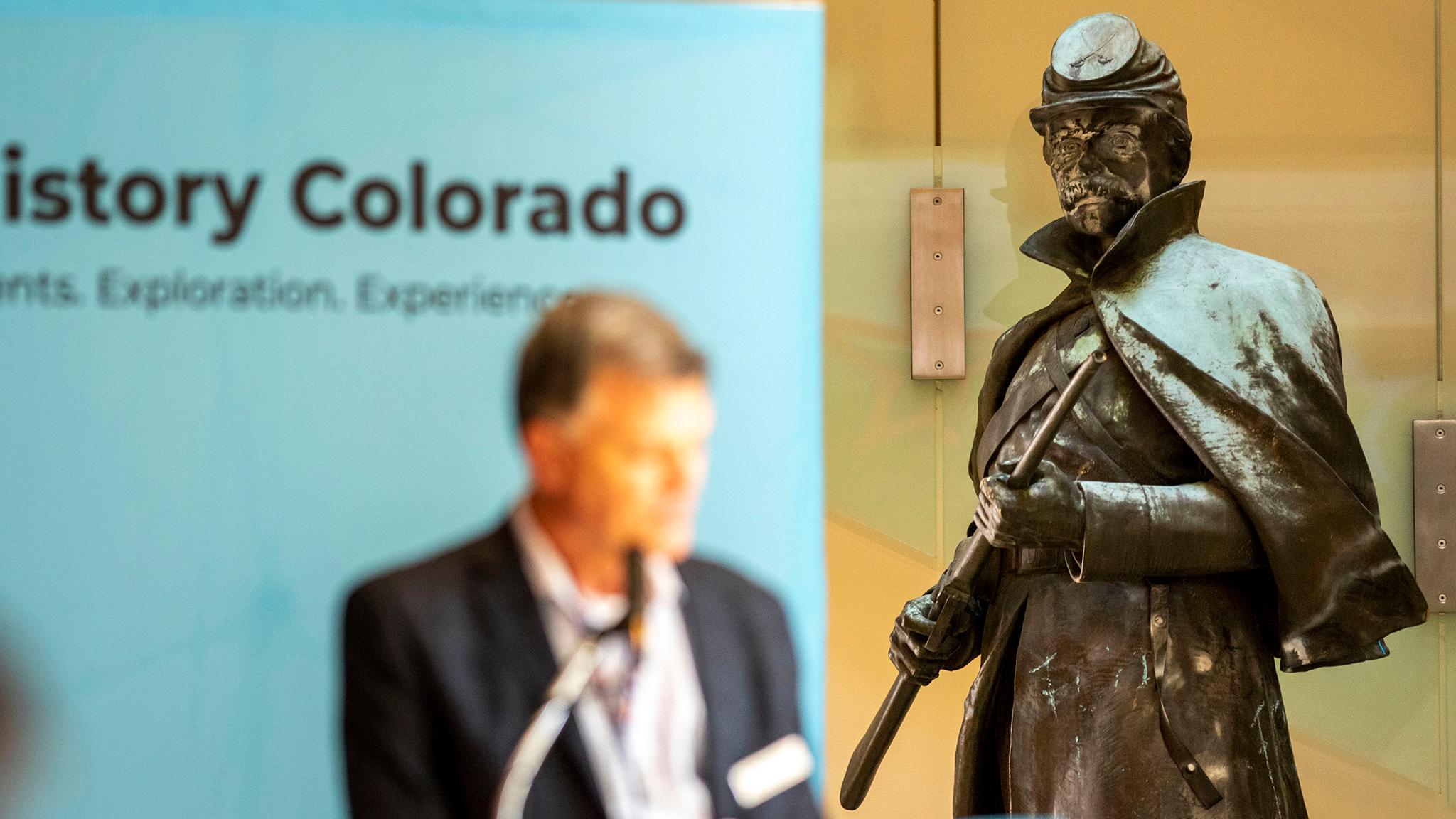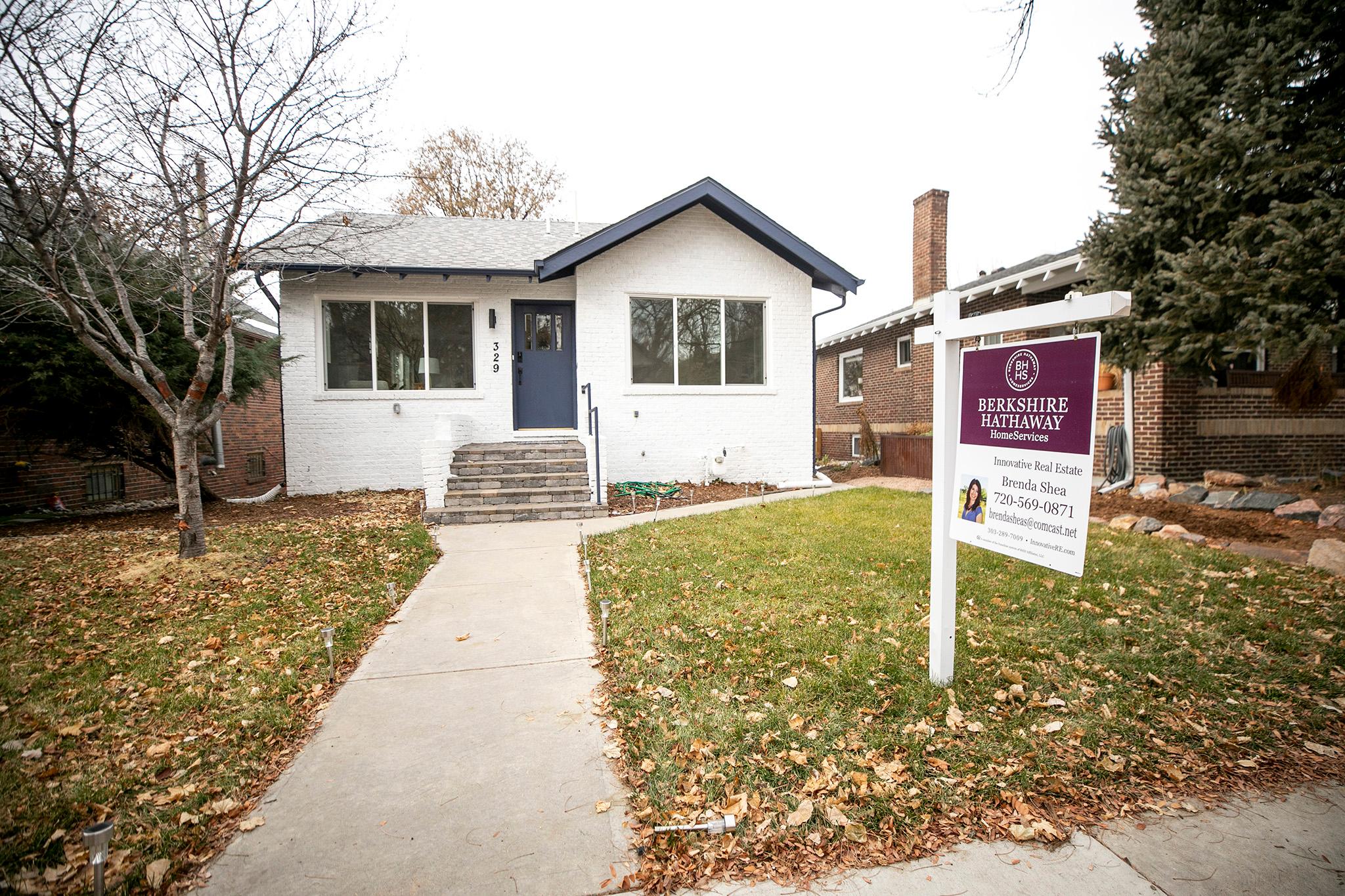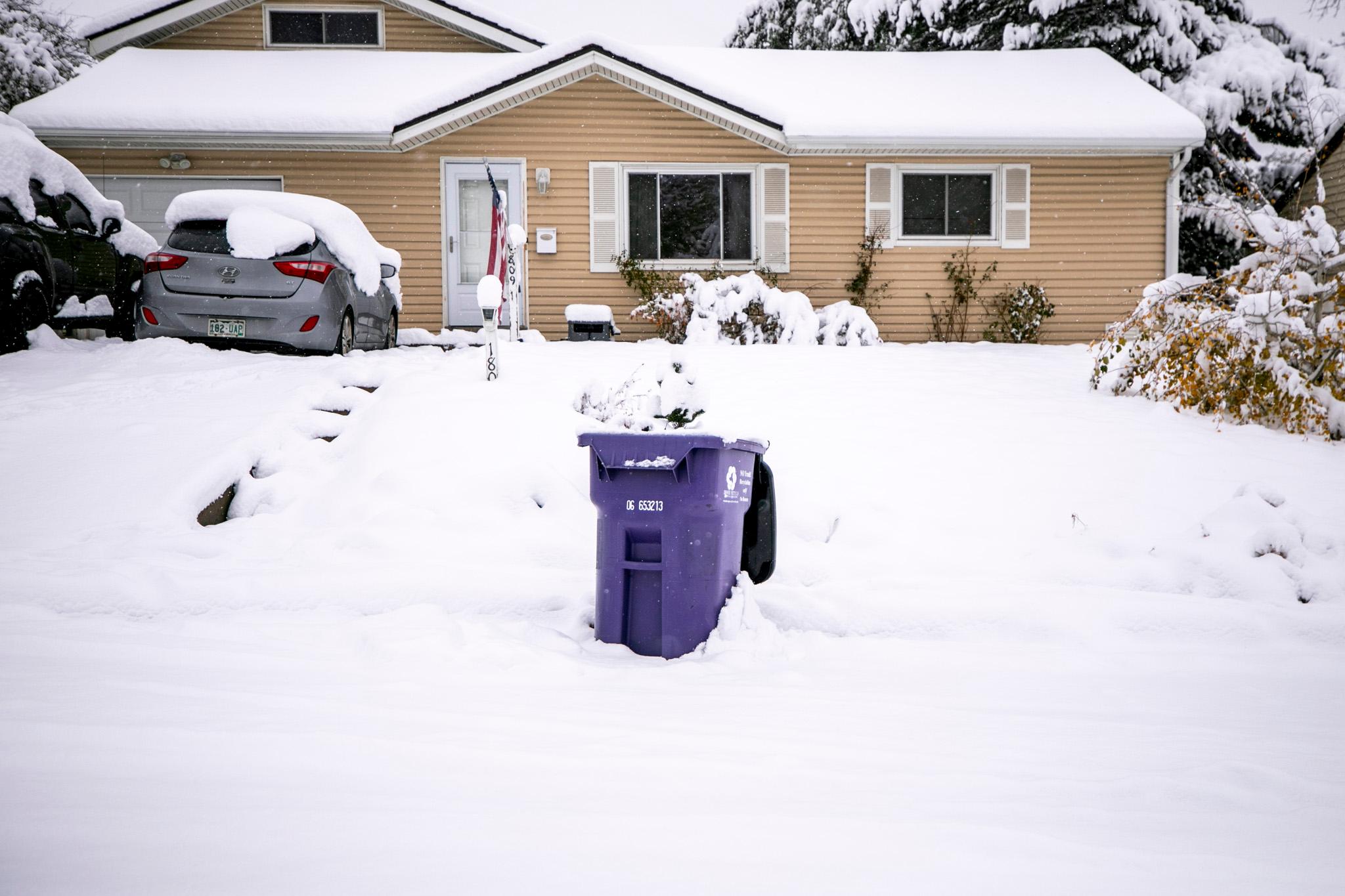Controversial statues across the nation came down this summer as protests for racial justice waged. They were either torn down by protesters or removed proactively.
Some people think museums are better places for these memorials. After all, institutions dedicated to history and context could give divisive statues -- and the people they depict -- a fair trial.
That's what has happened to the Civil War monument that once stood on the State Capitol's west steps. On Wednesday, History Colorado unveiled that the statue, which depicts a Union soldier, had been moved to an alcove just off their towering main hallway. It'll stay there for a year. After that, it's up to the state's Capitol Building Advisory Committee to figure out what to do with it next.
So what should replace the soldier?
During the unveiling ceremony at History Colorado, Rep. Susan Lontine, who represents Denver and chairs the Capitol Building Advisory Committee, said it's possible a memorial to victims of the Sand Creek Massacre could be erected in the Union soldier's place.
The Civil War statue was placed at the Capitol in 1909, roughly 50 years after the war began. Paid for by a veteran's organization, it was meant to honor volunteer soldiers who left the territory to fight the Confederacy. But it also included a plaque that celebrated the victory of white soldiers at the "Battle of Sand Creek."
We know the "battle" today as the "Sand Creek Massacre," when soldiers armed under Union banners killed more than 150 people from the Cheyenne and Arapaho nations. In 1999, state legislators agreed to add a plaque to the Capitol that would set the record straight.
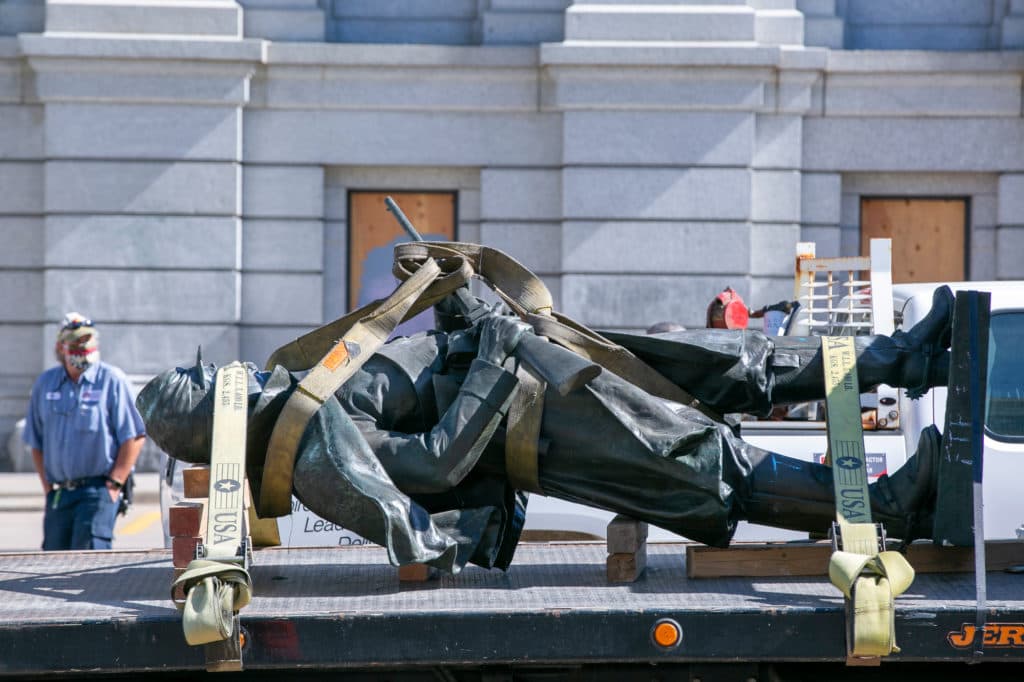
Lontine said a memorial to Sand Creek was on the committee's list of things to do before protesters took the monument down this summer, and it has long been on the minds of Colorado's indigenous leaders.
"The tribes wanted the location where the Civil War monument was. Before the statue toppled, of course, we didn't feel like that was something that we could do," she said from a podium. "After the statue came down, we felt like it seemed kind of like a sign."
The committee, she added, is "in talks with the tribes" about making this happen.
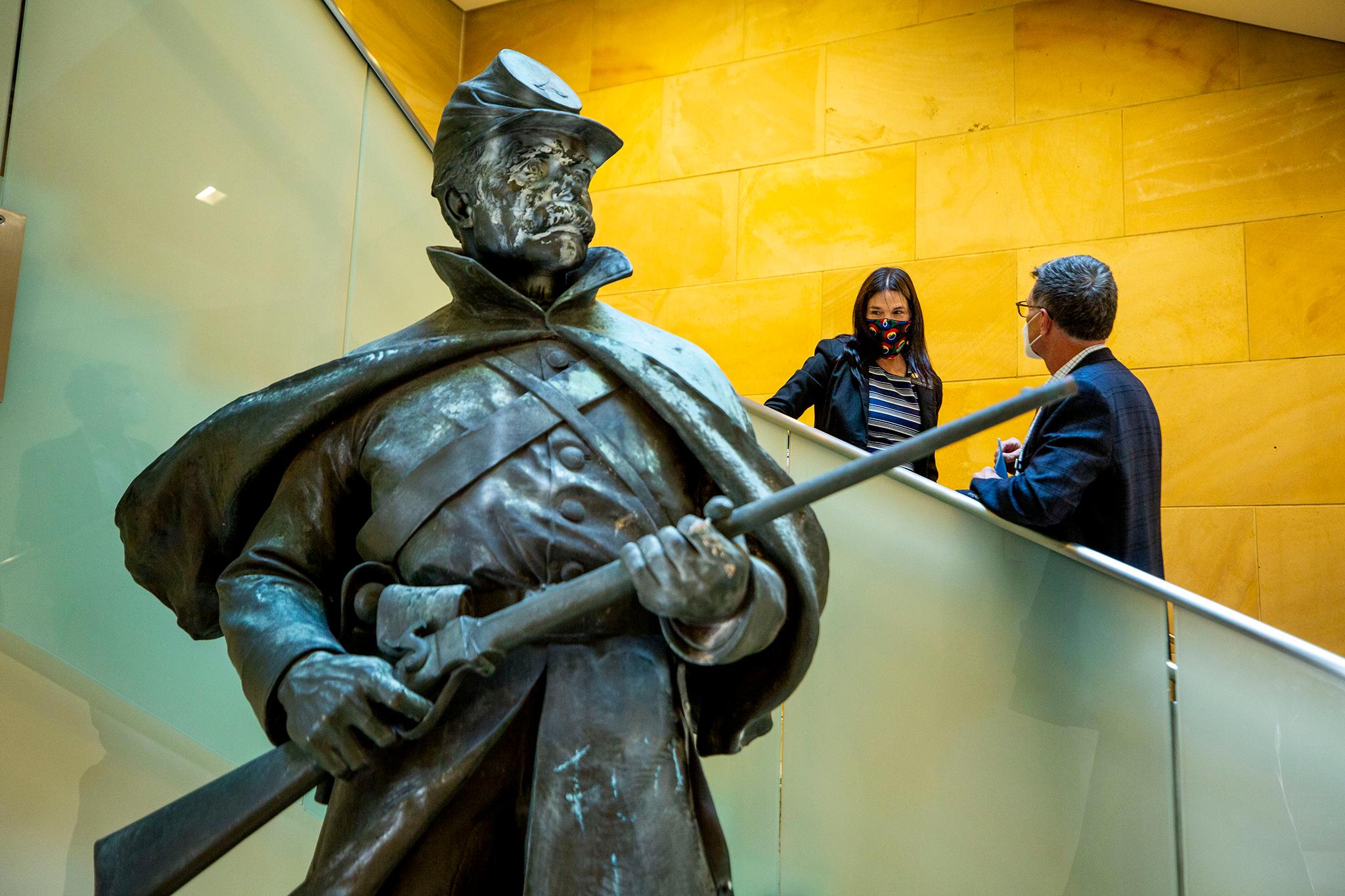
As for the soldier, Lontine said she'd like to see it displayed outside once its stint at the museum is over. The committee is considering putting it in the nearby Lincoln Park, where there's already a memorial to veterans. She also said the state's Department of Military and Veterans Affairs has expressed interest in giving it a home.
"It belongs outside and for everybody to see," Lontine said.
Museum officials hope the Civil War monument's new temporary home will give it some context.
"The purpose of this effort is to facilitate a public discourse that helps Coloradans determine and achieve the future they desire for their communities and their state," museum executive director Steve Turner said, "to make space for contemplation and consideration, for dialogue and, undoubtedly, for debate as well."
It stands beneath a staircase on the main floor, where museum-goers can view it from different angles. It's a far cry from its earlier home, towering above Capitol visitors who could only just look up at it.
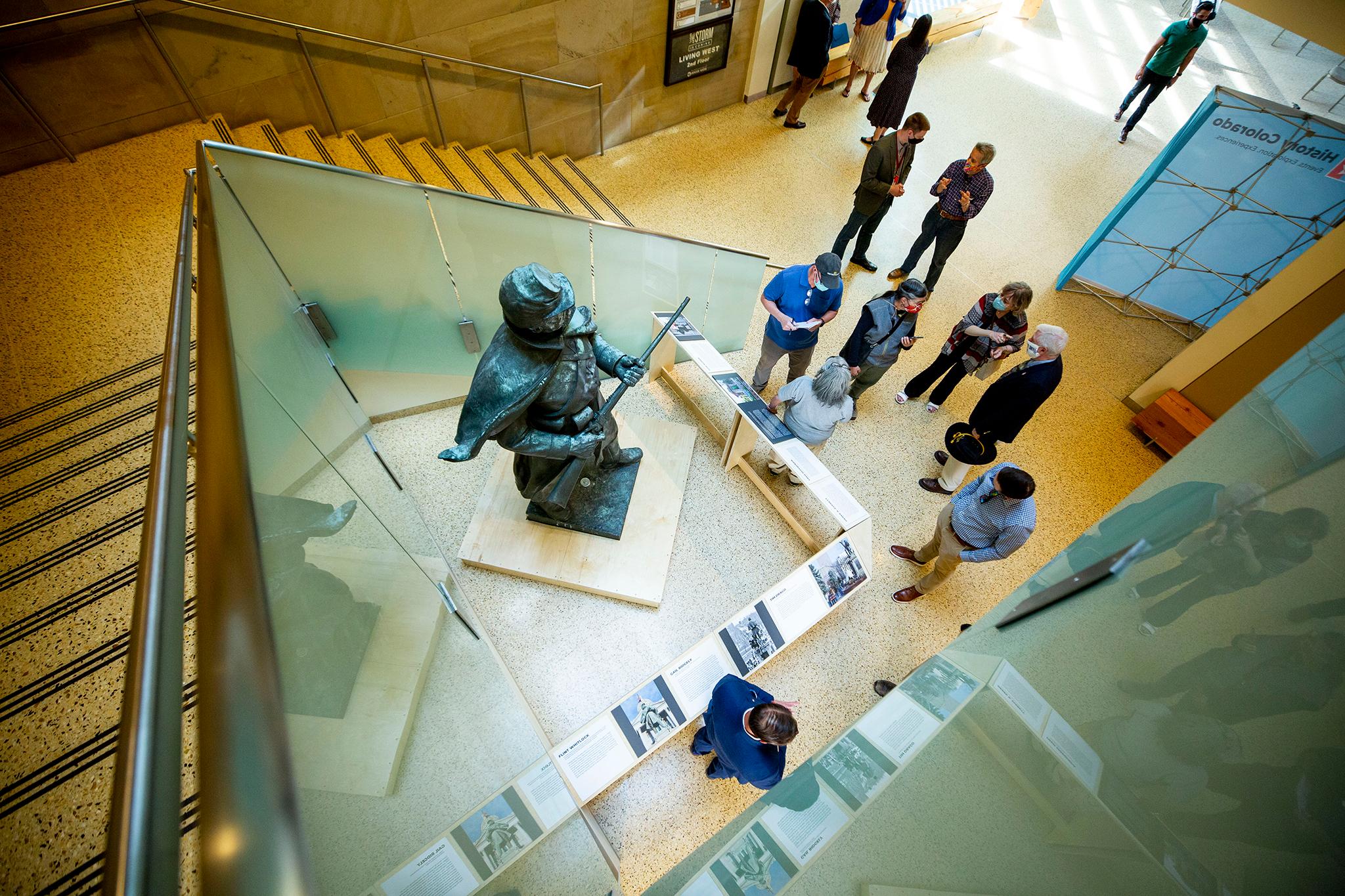
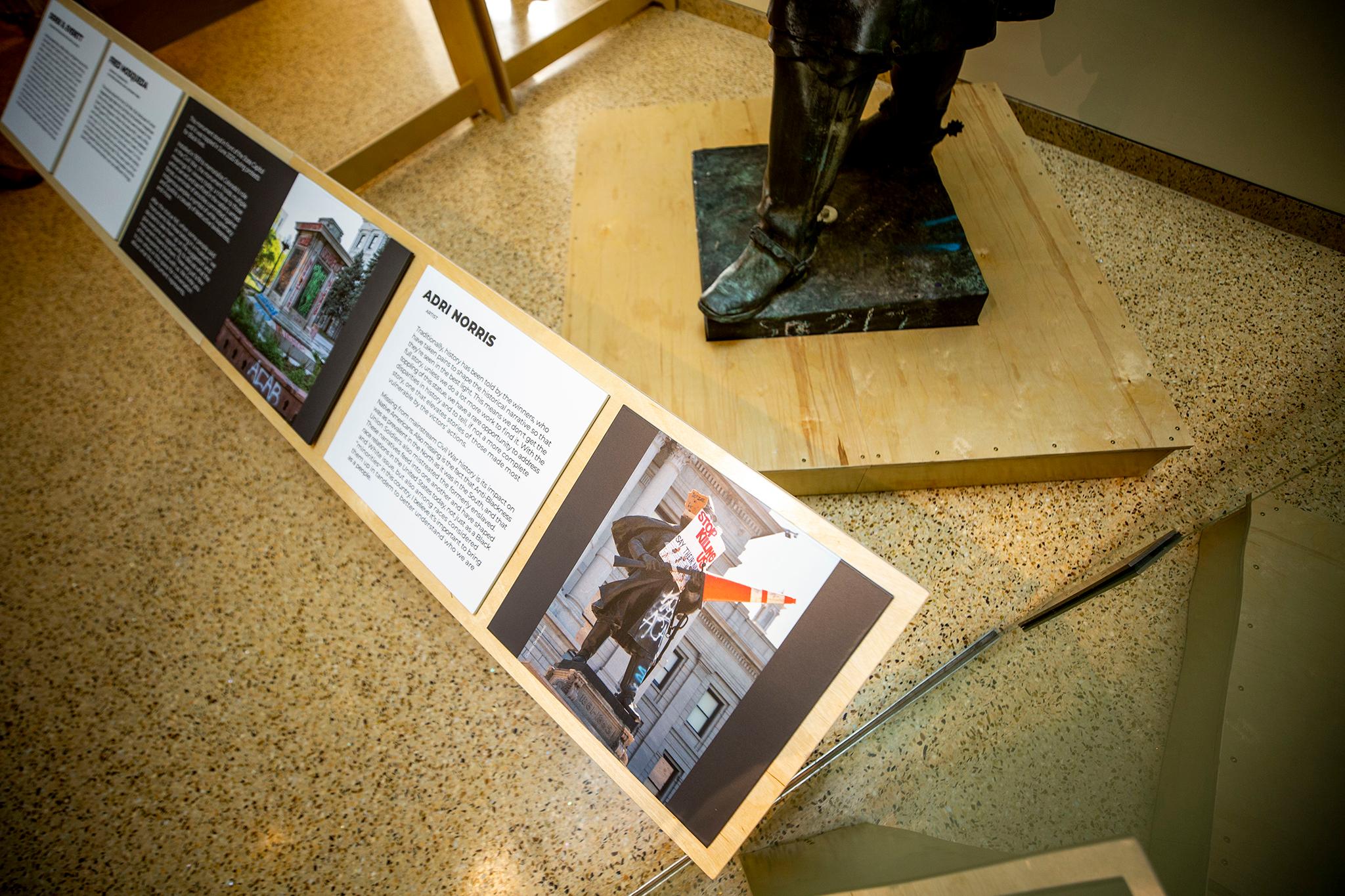
While the statue is surrounded by information that might spur conversations along, a crucial piece of context is missing. When it was torn down, the soldier was adorned with graffiti. When it arrived at the museum, it had been cleaned. History Colorado's chief creative officer Jason Hanson said that when it was in the temporary custody of the Department of Military and Veterans Affairs, someone took the liberty of erasing the paint.

